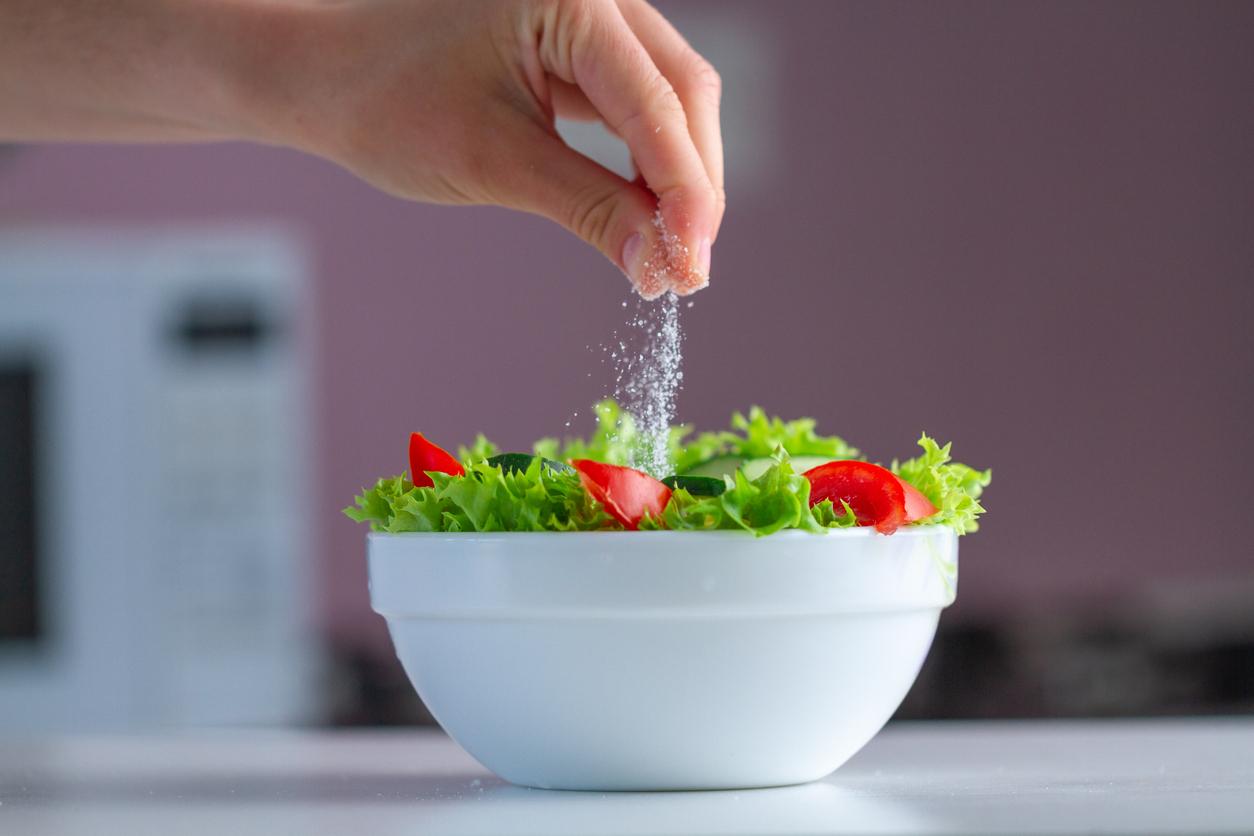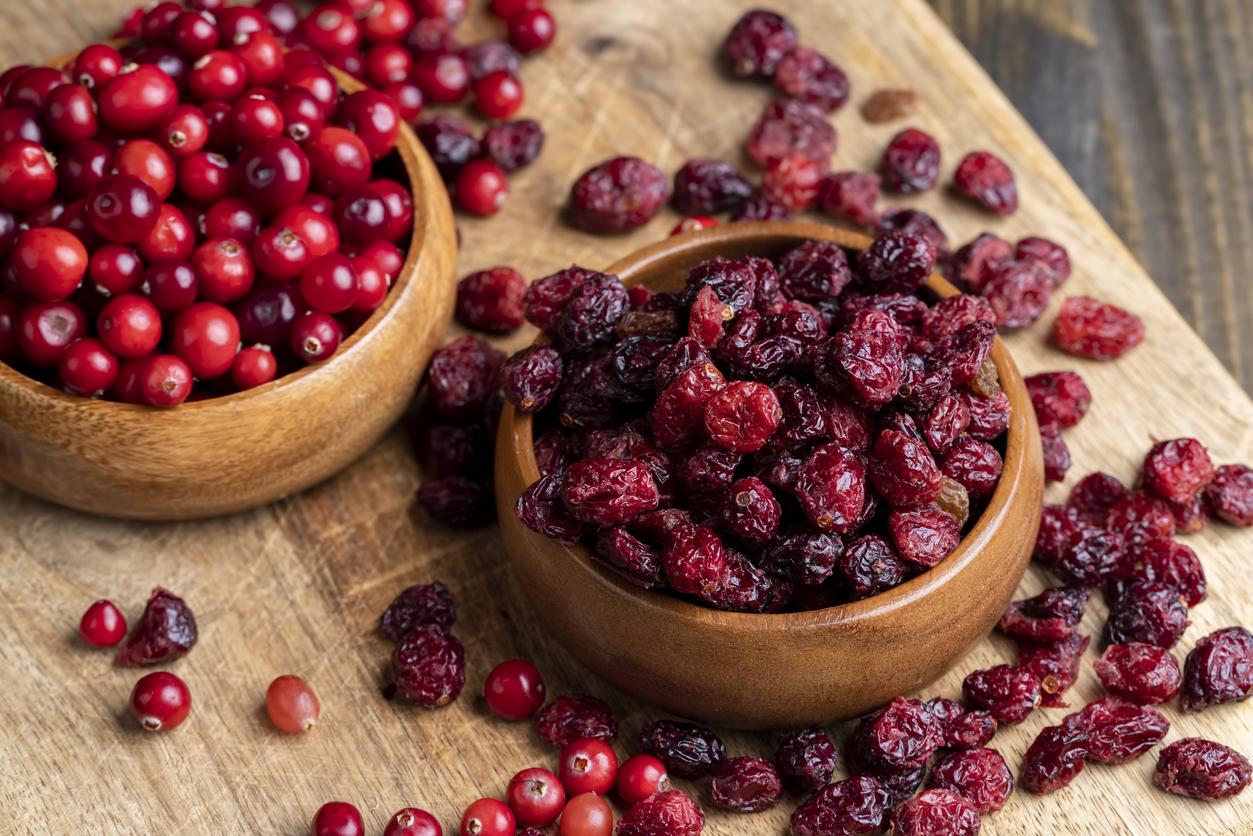October 13, 2006 – Many prepared foods available to Canadians are among the saltiest on the planet, from seemingly healthy foods to junk food.
This is revealed by an information campaign launched a few days ago to get the world’s population to reduce their salt intake below 5 grams per day, the goal set by the World Health Organization (WHO ). This offensive is sponsored by 200 experts from 48 countries united in the World Action on Salt and Health (WASH).
|
Less salt is better According to WASH, a reduction in salt intake of 6 g per day would result in a 24% reduction in deaths from stroke and 18% in deaths from cardiovascular disease. |
We learn that the Rice Krispies breakfast cereals sold in Canada would contain 2.77 g of salt per 100 g serving against only 1.50 g in Belgium and Portugal, while the double cheese burger offered by the chain Burger King fast food restaurant is said to be the saltiest in the world.
Food companies attribute these variations to consumer preferences and the nature of the ingredients available in each country. But not all experts are convinced. This is the case of nutritionist Nathalie Jobin from the Extenso Human Nutrition Reference Center.
“This is no reason not to reduce the amount of salt in these foods. It’s a matter of habit and people can get used to a less salty taste, ”says Nathalie Jobin.
Are we aware of the risks?
|
Sodium, the culprit It is the sodium in salt that is harmful to health. It retains water in the blood, which can increase blood pressure. Hypertension is an important risk factor for cardiovascular disorders (angina pectoris, myocardial infarction, heart failure, stroke). |
“Food companies do like the tobacco industry. They fund a small group of researchers to carry out poor quality studies that indicate that the question of the dangers of salt is not settled and, then, they disseminate and give a lot of credibility to these “studies” “, explains the spokesperson. word of WASH in Canada, the Dr Norman Campbell of the University of Calgary.
Results? While people know the dangers of excess sugar and fat, they ignore those associated with salt consumption. “People aren’t aware of the dangers of salt, its association with high blood pressure, or that it seems to make asthma worse. They also fail to interpret nutrition labeling correctly, ”he adds.
In fact, the food label says it is sodium, not salt. As nutritionist Nathalie Jobin explains, it is the sodium contained in salt that is of concern, since it is this that can have harmful effects on health.
|
How much sodium? In Canada and the United States, the maximum tolerable intake (MLI) is set at 2.3 g for sodium. This standard represents the highest continuous daily intake that does not pose a risk of adverse health effects. For more details, see the Sodium sheet of our Nutrient Ranking. |
“In a teaspoon of salt, there is 2400 mg of sodium, which is enough for an adult for a day. But in Canada, we can easily consume 4000 mg of sodium per day, ”explains Nathalie Jobin.
In fact, if we estimate that Canadians consume an average of 9 g to 10 g of salt per day, this would represent 3.6 g to 4 g of sodium per day.
Until companies and governments tackle the problem, Dr.r Campbell of WASH recommends that consumers eat as little prepared food as possible and as much fresh food as possible.
Jean-Benoit Legault – PasseportSanté.net
Respond to this news in our Blog.
1. To visit the World Action on Salt and Health website: www.worldactiononsalt.com [consulté le 13 octobre 2006].















